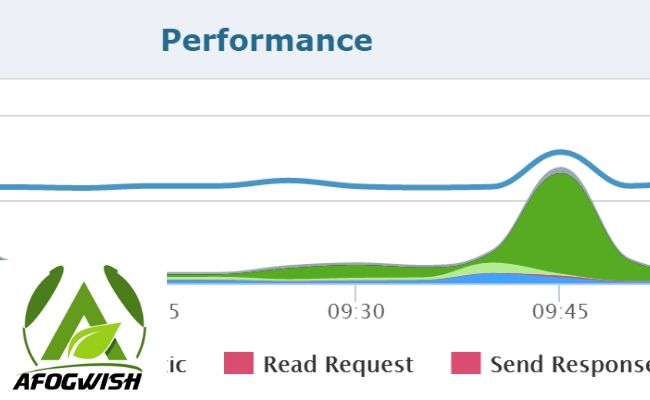The Benefits of Application Performance Monitoring use your digital marketing tools
Developers increasingly want full insight into the operation of the web application. Digital marketing tools, this is useful for testing certain features or troubleshooting if something goes wrong. In addition to regular monitoring tools, there are also tools that can monitor the performance of all components in your application. Application Performance Monitoring tools offer the best solution.
What is a monitoring tool?
Digital marketing 2020 technology evolves so fast that it can be hard to keep up. For the layman who has never heard of Application Performance Monitoring or any monitoring tools at all: a monitoring tool is an indispensable link in the management of modern application landscapes. Incidents were previously found and resolved afterward. Administrators were only informed about the incident late, for example by reports from end-users who were unable to reach a website. Because of the reactive management, administrators often went behind the facts and it could be that a website or important business application was sometimes off the air for hours.
Monitoring tools changed that. From different perspectives, the tools made it possible to monitor the health of a server in real-time. Metrics such as CPU usage, disk usage, bandwidth, and memory were shown in handy graphs in the dashboard of the monitoring tool.
Smart data integrations made it possible to obtain information in a central location. Instead of reactive management, it became possible to signal peaks and troughs in real-time.
The new generation of monitoring tools
Some Digital marketing agency requires all kinds of tools to ensure they deliver quality services. A trend that we see in recent years is that web technology is becoming more sophisticated and complex. Developers want to be able to deliver and package new functionality as microservices faster and faster. Administrators especially want things to keep running when new features or microservices are deployed.
Despite differences in cultures and working methods, the two IT disciplines are increasingly finding each other, for example via automated deployment pipelines. Collaboration is increasingly critical to the effective delivery and operation of the application and the success of the business.
Software development requires that development and operations teams are seamlessly connected. A tool that can monitor application metrics in addition to infrastructure offers a solution. This is also referred to as an Application Performance Monitoring tool.
What does an Application Performance Monitoring tool do?
An Application Performance Monitoring tool monitors, reports and optimizes the performance of end-to-end applications. Developers within companies use these types of tools to continuously monitor the performance of business-critical applications so that they can identify trends and deviations in the application, isolate problems and take immediate action-oriented steps if problems arise.
Why is this important? Because slow systems are not only seen as a major frustration factor but can also lead to serious sales loss. For example, research shows that 73% of organizations experience a loss in productivity when business-critical systems are delayed.
E-commerce companies also see the delay as a major enemy. A webshop (e.g. online gift delivery shop) that is 1 second slower has 7% fewer conversions and 16% more dissatisfied customers. In short: delay has a serious impact on the user experience and ultimately on the business results. You can keep an eye on this with an Application Performance Monitoring tool.
What Application Performance Monitoring tool can do for you?
There are many different Application Performance Monitoring tools available on the market and none are the same. Nevertheless, you can assume several standard features that you can expect from any APM tool.
Read Also: how to do digital marketing Ultimate Guide?
Alerts: Almost every tool contains options for setting alerts. These alerts can be received as SMS, e-mail or in popular chat programs such as Slack. In many cases, it is also possible to create custom alerts with an Application Performance Monitoring tool. For example, if your webshop has developed a fairly extensive shopping cart, you may want to set separate alerts per step in the ordering process.
APIs: you can also expect a monitoring tool to contain APIs with which, for example, graphs can be integrated into other systems, and where data can also be obtained from external sources.
HTTP monitoring: a standard feature that most APMs include is monitoring the number of HTTP (S) requests. Logical, because if something is wrong here, the end-user cannot reach the application.
Integrations: Application Performance Monitoring tools often also integrate with third parties. For example, you can assume that the monitoring tools can be linked to services and workloads that work with Github, AWS, Azure, GCN, Ansible, Terraform, Docker, Kubernetes, and other popular technology.
Hybrid: containers, cloud instances, on-premise environments or hybrid environments – you can expect an Application Performance Monitoring tool to cluster applications across different platforms into a clear dashboard.
Custom dashboard: many modern monitoring tools are customizable in look and feel. There’s a lot to tweak exactly the way you want to see it.
Application performance monitoring can enhance the customer experience.
In digital marketing types “Guest posting” means writing and publishing an article on someone else’s website or blog.
















Leave a Reply